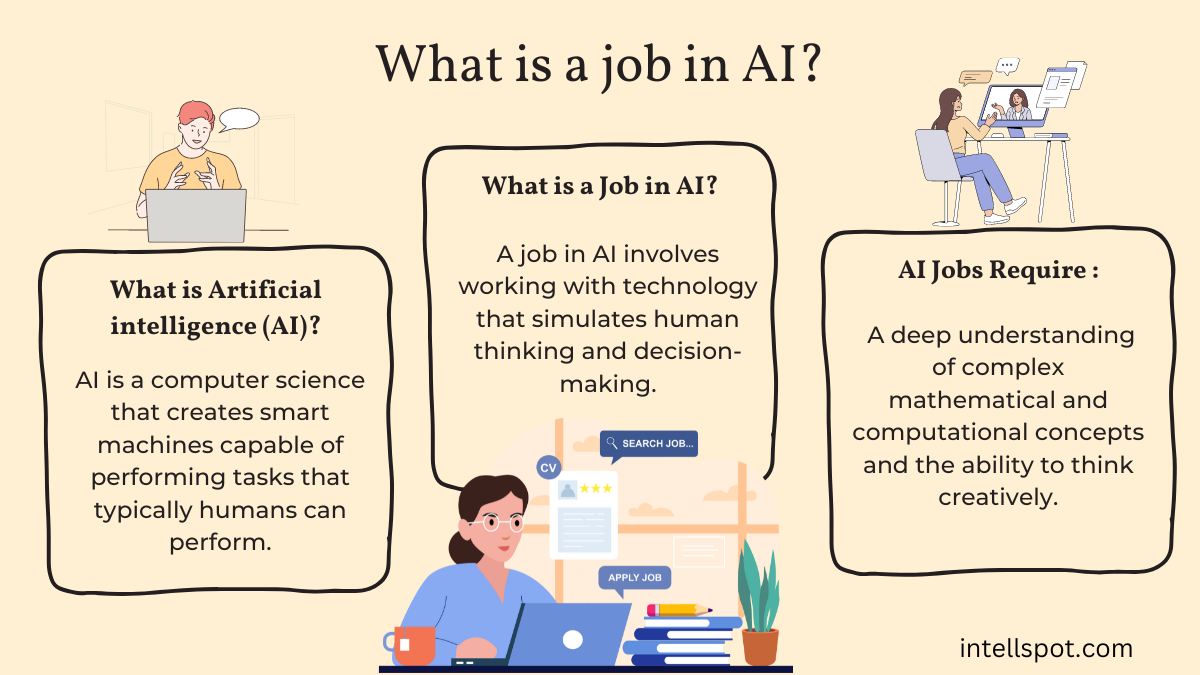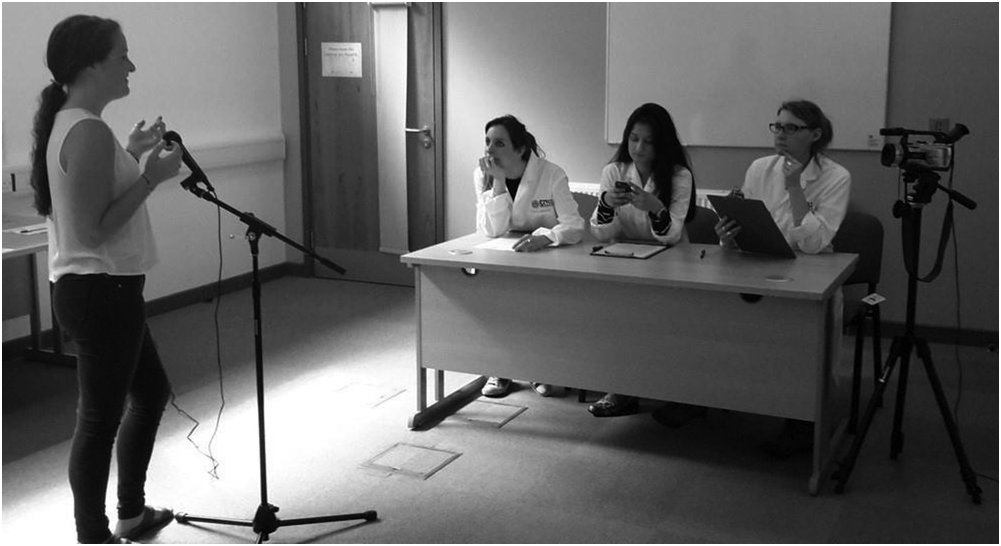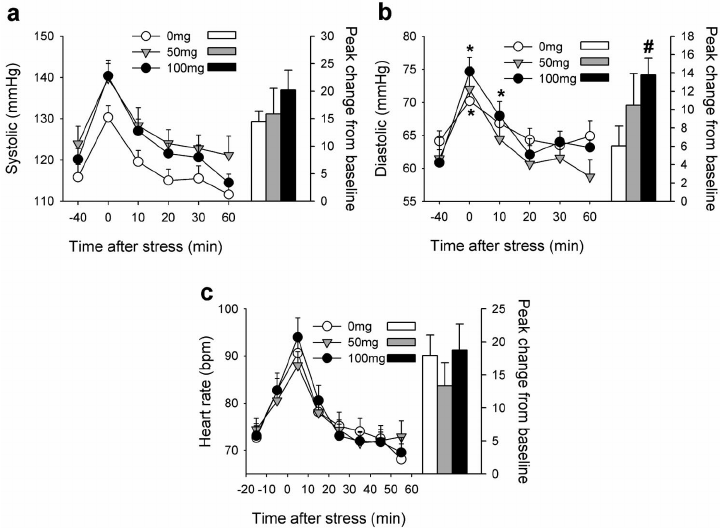Current Developments

Opportunities and Challenges
In the realm of psychology practice, the integration of artificial intelligence (AI) chatbots offers a promising avenue for making therapy more accessible and cost-effective. AI tools are also revolutionizing interventions, automating administrative tasks, and assisting in the training of new clinicians. In the realm of research, synthetic intelligence is opening new avenues for comprehending human intelligence, while machine learning empowers researchers to extract valuable insights from vast datasets. Additionally, educators are exploring innovative ways to harness the power of AI, such as ChatGPT, in the classroom.
The Impact of AI
As AI algorithms and chatbots increasingly permeate our lives, several critical questions emerge. Is AI safe to use? Is it ethical? What safeguards can be implemented to protect privacy, ensure transparency, and uphold equity as AI tools become more prevalent in society? Psychologists are well-positioned to provide answers to these questions. With their background in research methodologies, ethical treatment of participants, and understanding of the psychological impact, psychologists possess the expertise to challenge assumptions about new technology and assess its effects on users. Renowned psychologist Arathi Sethumadhavan, Ph.D., formerly the Director of AI Research for Microsoft's Ethics and Society team, has conducted extensive research on cutting-edge AI technologies like DALL-E 2, GPT-3, and Bing AI. Sethumadhavan emphasizes that psychologists can help companies grasp the values, motivations, expectations, and concerns of diverse groups impacted by new technologies. They can also assist in recruiting participants based on factors such as gender, ancestry, age, personality, work experience, privacy views, and neurodiversity. By incorporating multiple perspectives, she emphasizes the importance of responsibly shaping AI products. For example, when developing a new text-to-speech feature, her team interviewed voice actors and individuals with speech impediments to understand both the benefits and potential harms. This approach resulted in a technology better suited for children and enhanced representation of African Americans in speech recognition datasets. Psychologists are also delving into the dynamics of human-machine interaction to understand how people perceive AI and the ripple effects these perceptions might have on society. Research by psychologist Yochanan Bigman, Ph.D., an assistant professor at the Hebrew University of Jerusalem, revealed that people tend to be less morally outraged by gender discrimination caused by an algorithm compared to discrimination originating from humans. They also felt that companies bore less legal liability for algorithmic discrimination. Bigman's studies have shown that interactions with robot workers can lead to decreased respect for human workers, highlighting the societal consequences of AI-human interaction.
Expanding Access to Psychology Services
AI innovations are transforming the field of psychology, making it more accessible and inclusive. Therapeutic chatbots, automation tools for administrative tasks, and intelligent training and interventions are reshaping the practice of psychology. Chatbots, although lacking the context and nuances of human therapists, can effectively address specific mental health concerns such as sleep problems or chronic pain-related distress. They offer an affordable and accessible alternative for those who may hesitate to consult human therapists, including newcomers to therapy and individuals with social anxiety. Additionally, they present an opportunity to develop culturally competent AI solutions that enhance inclusivity in psychology. However, the use of AI in psychology raises concerns about informed consent and patient privacy. Users must understand how AI algorithms operate and what happens to their data to ensure ethical practice. Some incidents, such as offering counseling without disclosing the involvement of AI, have raised red flags in the mental health community. AI Success Stories and Administrative Efficiency Despite these concerns, AI has also produced success stories in psychology. For example, the Wysa chatbot delivers cognitive behavioral therapy for anxiety and chronic pain while ensuring user privacy and clinical validity. It has received recognition from the United States Food and Drug Administration. AI tools are also streamlining administrative tasks in clinical settings. Natural language processing tools like Eleos can listen to therapy sessions, take notes, and highlight key themes and risks. These tools can analyze assessments, track patient symptoms, and assist with practice management. Before adopting AI tools, clinicians seek information on data handling and ethical app usage. It is essential to understand the error rates and types of errors these tools may generate to prevent the exclusion of already marginalized groups in healthcare. Psychologists are also using AI to enhance therapy sessions, identifying areas for improvement, and validating patient concerns. Such applications not only assist clinicians but also contribute to the overall improvement of mental health services. In the ever-evolving landscape of AI in psychology, researchers and practitioners are working tirelessly to address critical questions, maximize benefits, and minimize potential harms. Regulators are also actively shaping the future of AI to ensure its responsible and ethical use.
Developing VR
Virtual reality technology has been used to develop a new version of the Trier Social Stress Test, which measures how people react to stress. This study found that people who were exposed to a large virtual audience experienced more stress than those who were exposed to a small virtual audience. This suggests that VR technology can be used to create realistic and stressful environments for research purposes.
Exploring a Case Study

Introduction
For nearly three decades, the Trier Social Stress Test (TSST) has been a cornerstone in studying psychophysiological stress responses. This test, first described by Kirschbaum et al. (1993), involves participants giving a speech and completing an oral math task in front of an audience instructed to respond negatively. This induces acute physiological stress responses, including an increase in cortisol, a stress hormone. Variations in the TSST, such as audience demeanor, have been shown to affect its outcomes. Virtual Reality (VR) can provide a consistent platform for TSST, enabling better control over these variations.
Virtual Reality - TSST
VR involves simulating an interactive environment. Research comparing the effects of a VR-TSST to a traditional in-person TSST has yielded mixed results. Some studies found that cortisol responses were similar between the two, while others reported differences. These inconsistencies may be due to factors like the type of VR presentation, audience realism, and whether a head-mounted display was used. However, a recent meta-analysis suggests that VR-TSST is as effective as the traditional in-person version in inducing stress reactions.
Audience Size
Audience size plays a crucial role in eliciting anxiety, social influence, and perceptions of judgment. While larger audiences tend to enhance stress reactions in traditional in-person settings, research in VR has shown that a smaller audience can lead to higher heart rate (HR) responses. This discrepancy could be due to how people perceive audience reactions in VR, as large VR audiences may diffuse disapproval among many faces.
Methods
- Participants: 140 university students participated in the study (63% female) for course credit, approved by the Institutional Review Board.
- Procedure: Participants were randomly assigned to one of the three audience conditions. They performed a speech and math task while cortisol levels and psychological responses were measured.
- Salivary Cortisol: Cortisol levels were assessed through saliva samples collected at three time points: baseline, peak, and early recovery.
- Psychosocial Measures: Psychological responses were measured using the Stress and Arousal Checklist (SACL), Positive and Negative Affect Scale (PANAS), and an Effort and Engagement Index.
- Perceptions of Audience: Participants rated their perception of the audience using a questionnaire.
- Audience Stimuli: In-person audiences included two confederate research assistants, while VR audiences were immersive 360° 3D recordings of audiences in a theater.

Results
Cortisol Response: The VR 2 audience condition induced less intense cortisol responses compared to the traditional in-person 2-person audience (IP 2) condition. This weaker effect might be due to the pre-recorded VR audience's non-contingent behaviors, unlike the IP audience, which could respond to the participant's performance.
Audience Size Effects: The large VR 200-person audience elicited higher cortisol concentrations and negative affect compared to the smaller VR 2-person audience. This aligns with social psychological theories suggesting that larger audiences tend to be more influential. Interestingly, the VR 200 audience was perceived as less attentive and sleepier, potentially contributing to increased stress levels. Our findings suggest that both cortisol concentrations and negative effects were similar in the VR 200 and IP 2 conditions, indicating that the effects of the VR 200 condition were closer to those of the IP 2 condition. However, the mechanisms behind these effects might differ and deserve further investigation.
Sex Differences: Males exhibited significantly higher cortisol concentrations than females across all conditions, mainly driven by differences in reactivity. Males had consistent cortisol reactivity in all conditions, while females did not show statistically significant cortisol responses. This finding aligns with previous studies that often enroll only male participants in cortisol reactivity research.
Audience Dyad Composition: In the in-person (IP) condition, same-sex female (FF) audiences led to more negative affect compared to mixed-sex female (MF) audiences. This difference was not observed in the VR condition, possibly because VR audiences provided scripted, non-performance contingent responses, eliminating variations in audience behavior. Future research should further investigate factors contributing to differences in in-person TSST protocols.
Conclusion
The study revealed that virtual reality and audience size can influence stress responses, with notable sex differences in cortisol reactivity. Pre-recorded VR audiences offer greater control, shedding light on how audience behavior contingencies and size impact psychophysiological stress responses. Future research can delve deeper into these variations to better understand their underlying mechanisms.